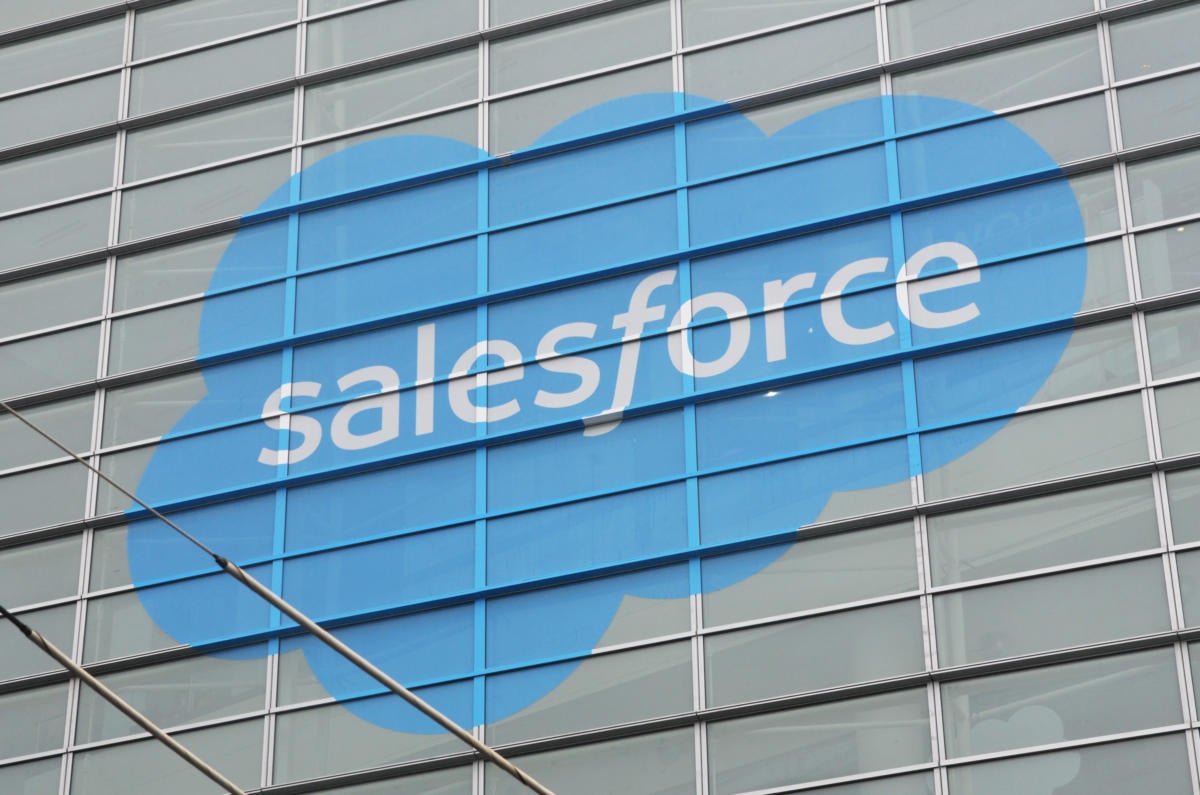sources/talk/20190619 With Tableau, SaaS king Salesforce becomes a hybrid cloud company.md
5.2 KiB
With Tableau, SaaS king Salesforce becomes a hybrid cloud company
Once dismissive of software, Salesforce acknowledges the inevitability of the hybrid cloud.

I remember a time when people at Salesforce events would hand out pins that read “Software” inside a red circle with a slash through it. The High Priest of SaaS (a.k.a. CEO Marc Benioff) was so adamant against installed, on-premises software that his keynotes were always comical.
Now, Salesforce is prepared to spend $15.7 billion to acquire Tableau Software, the leader in on-premises data analytics.
On the hell-freezes-over scale, this is up there with Microsoft embracing Linux or Apple PR people returning a phone call. Well, we know at least one of those has happened.
[ Also read:Hybrid Cloud: The time for adoption is upon us | Stay in the know: Subscribe and get daily newsletter updates ]
So, why would a company that is so steeped in the cloud, so anti-on-premises software, make such a massive purchase?
Partly it is because Benioff and company are finally coming to the same conclusion as most everyone else: The hybrid cloud, a mix of on-premises systems and public cloud, is the wave of the future, and pure cloud plays are in the minority.
The reality is that data is hybrid and does not sit in a single location, and Salesforce is finally acknowledging this, said Tim Crawford, president of Avoa, a strategic CIO advisory firm.
“I see the acquisition of Tableau by Salesforce as less about getting into the on-prem game as it is a reality of the world we live in. Salesforce needed a solid analytics tool that went well beyond their existing capability. Tableau was that tool,” he said.
Salesforce also understands that they need a better understanding of customers and those data insights that drive customer decisions. That data is both on-prem and in the cloud, Crawford noted. It is in Salesforce, other solutions, and the myriad of Excel spreadsheets spread across employee systems. Tableau crosses the hybrid boundaries and brings a straightforward way to visualize data.
Salesforce had analytics features as part of its SaaS platform, but it was geared around their own platform, whereas everyone uses Tableau and Tableau supports all manner of analytics.
“There’s a huge overlap between Tableau customers and Salesforce customers,” Crawford said. “The data is everywhere in the enterprise, not just in Salesforce. Salesforce does a great job with its own data, but Tableau does great with data in a lot of places because it’s not tied to one platform. So, it opens up where the data comes from and the insights you get from the data.”
Crawford said that once the deal is done and Tableau is under some deeper pockets, the organization may be able to innovate faster or do things they were unable to do prior. That hardly indicates Tableau was struggling, though. It pulled in $1.16 billion in revenue in 2018.
Crawford also expects Salesforce to push Tableau to open up new possibilities for customer insights by unlocking customer data inside and outside of Salesforce. One challenge for the two companies is to maintain that neutrality so that they don’t lose the ability to use Tableau for non-customer centric activities.
“It’s a beautiful way to visualize large sets of data that have nothing to do with customer centricity,” he said.
Join the Network World communities on Facebook and LinkedIn to comment on topics that are top of mind.
作者:Andy Patrizio 选题:lujun9972 译者:译者ID 校对:校对者ID